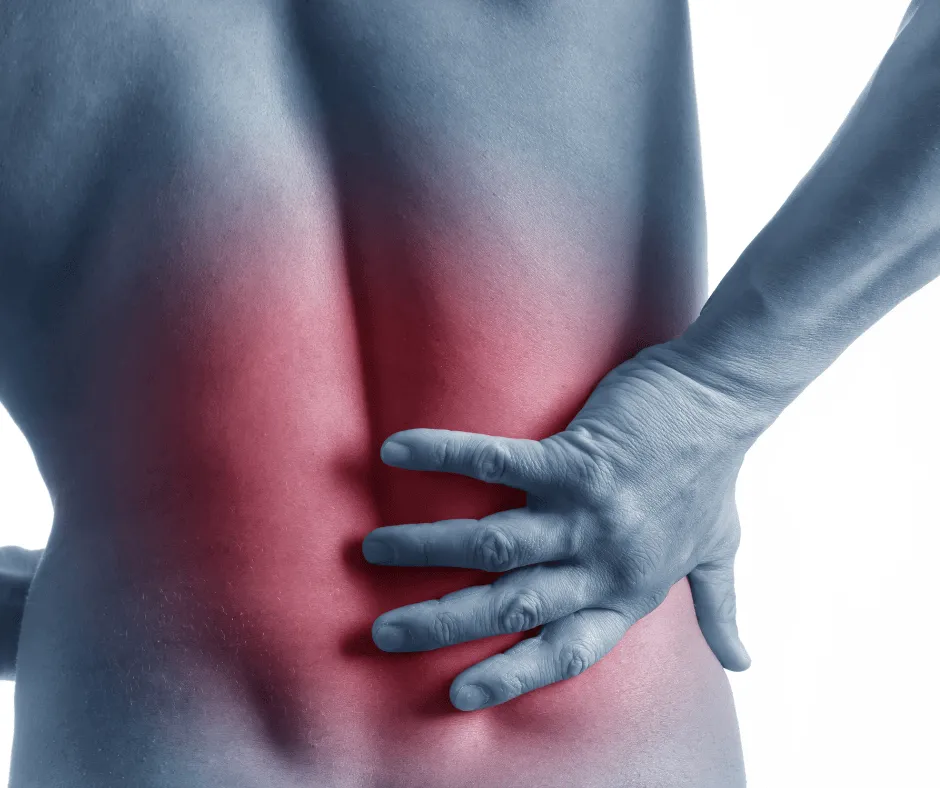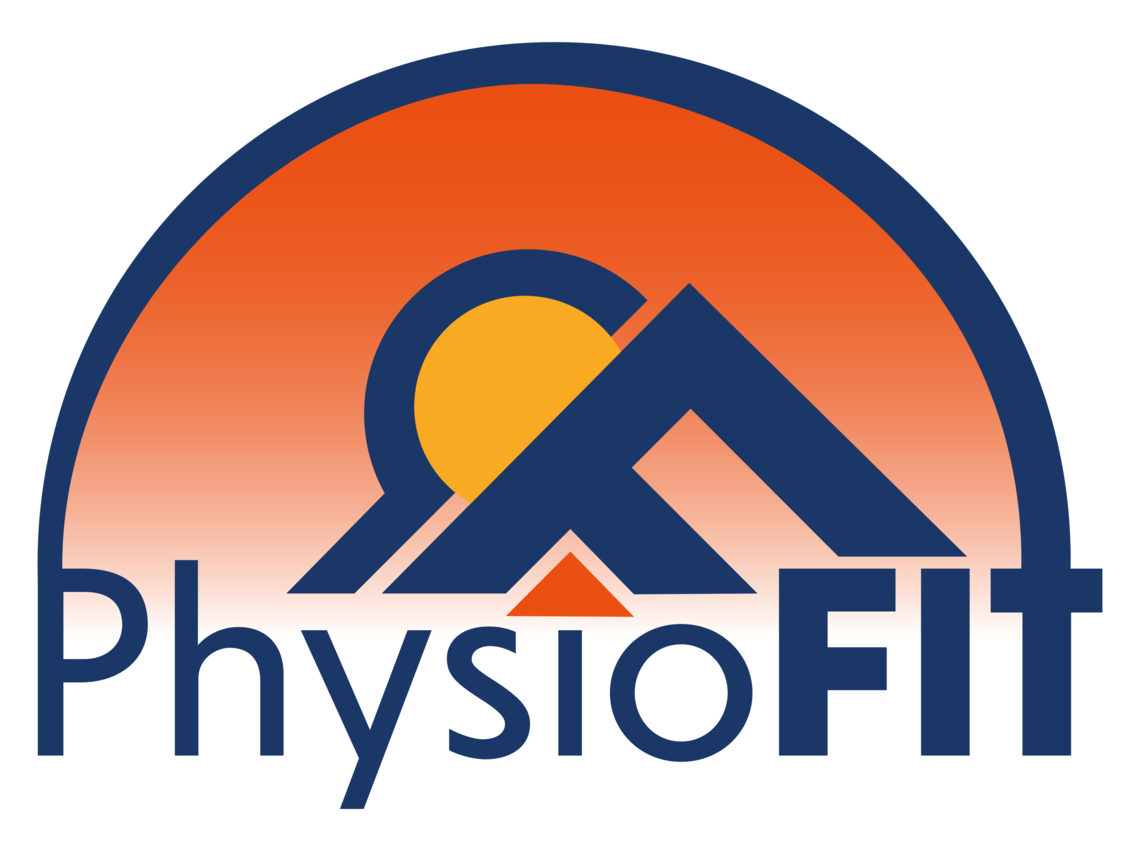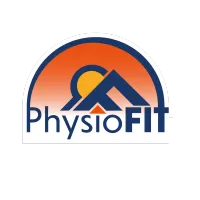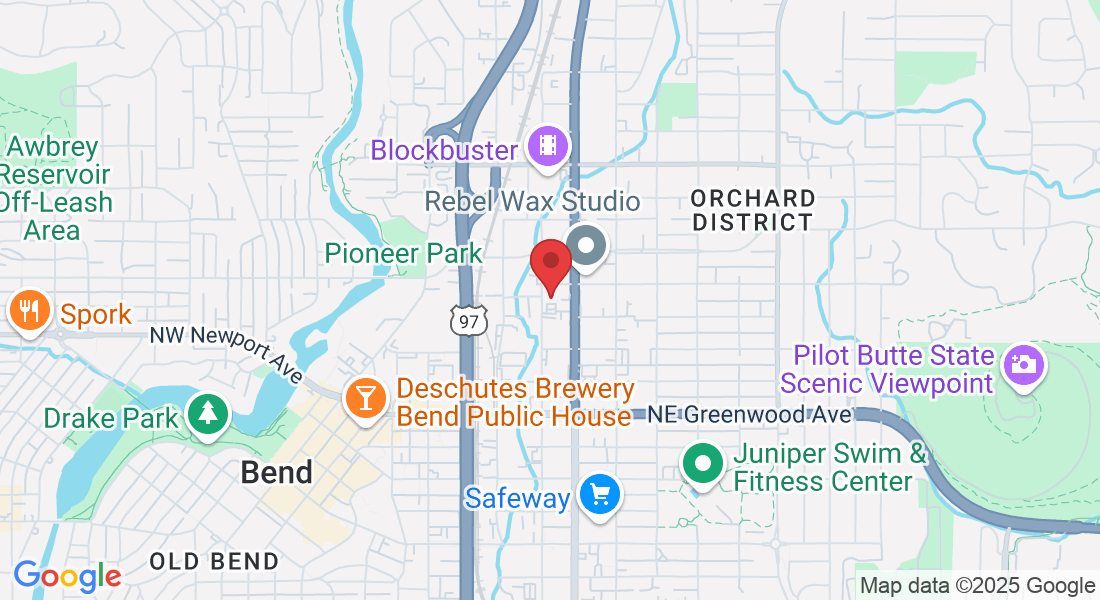Back Pain Relief
Reclaim Your Life, Free from Back Pain
Welcome to your journey towards freedom from back pain. One of the prevalent health issues in the United States is back pain, manifesting itself in various forms ranging from a persistent, mild ache to an abrupt, acute pain that might radiate down your leg. Back pain can be triggered by sudden incidents like accidents, falls, or lifting heavy objects, but it can also gradually develop due to age-induced changes in the spine. Sometimes, medical conditions such as inflammatory arthritis disorders are the culprits behind this pain.
Understanding the intricacy of back pain and its myriad causes, we at PhysioFit advocate for a multi-pronged approach to treatment. With each patient's unique path to relief in mind, we use evidence-based, fitness-centered physical therapy to offer personalized care. Our commitment is not only to alleviate your back discomfort but also to help you adopt measures that enhance your overall well being, thereby reducing the risk of chronic or prolonged pain, and enabling a swift return to your daily activities.
What You Should Know
Acute Back Pain: This is a sudden onset of discomfort that usually lasts from a few days up to a few weeks. Acute back pain is often the result of an accident or sudden physical strain.
Subacute Back Pain: This form of back pain can either come on abruptly or develop gradually over time, typically lasting from 4 to 12 weeks. It may be caused by an injury or overuse of the back muscles.
Chronic Back Pain: Characterized by discomfort lasting more than 12 weeks and occurring daily, chronic back pain may manifest quickly or slowly. It's often associated with degenerative conditions, such as arthritis or disc disease.
A proper diagnosis of a back problem involves a thorough evaluation from a professional.

The Most Common Causes of Back Pain
Back pain can emanate from a diverse array of factors, often intertwining and collectively leading to chronic lower back pain. These factors span mechanical or structural issues with the spine, inflammatory conditions, and other medical disorders. In some instances, it may even be challenging to pinpoint a definite cause for the onset of back discomfort.
Back pain may arise due to mechanical or structural irregularities within the spine, discs, muscles, ligaments, or tendons in the back, or due to nerve compression.
Sprains: These injuries affect the ligaments that provide support to the spine, connecting various bones together. Sprains often occur due to improper twisting or lifting.
Strains: These refer to injuries to a muscle or tendon, which can lead to significant back pain.
Degenerative disc disease: Aging leads to a gradual breakdown of the discs situated between the vertebrae of the spine. This condition is often associated with other degenerative spinal changes, such as arthritis or spinal stenosis.
Herniated or ruptured discs: These conditions occur when a disc compresses and irritates adjacent nerves, usually at the lumbar level but it can also affect the cervical spine.
Spondylolisthesis: This condition is characterized by a vertebra in the spine slipping out of its place or slowly misaligning.
Fractured vertebrae: Fractures of the spinal bones can be a significant source of back pain.
Scoliosis or other congenital changes to the spine: Birth defects and developmental abnormalities like scoliosis can lead to chronic back discomfort.
Myofascial pain: This condition refers to the tightness and pain in the muscles supporting the spine, which could result from muscle damage or from nerve input to the muscles originating from the spine.
As for inflammatory conditions, they also play a significant role in back pain:
Ankylosing spondylitis: This is a specific type of arthritis that affects the spine, causing stiffness and discomfort.
Other Medical Conditions that can cause back pain:
Osteoporosis, Fibromyalgia, Kidney Issues, Endometriosis, Spinal Infections, Tumors, Pregnancy.
Remember, if you resonate with any of the symptoms or conditions mentioned, we highly recommend making an appointment with us for a thorough evaluation and personalized treatment plan.
Proactive Steps for Back Pain Prevention
It's possible to avoid back pain resulting from excessive use or incorrect body movements. Here are some guidelines to foster a healthy back and promote a wholesome lifestyle:
Regular Exercise for a Strong Back: Engage in consistent exercises that fortify your back muscles. Balance-enhancing and strength-boosting activities, like yoga or tai chi, reduce the risk of falls, subsequent back injuries, and bone fractures. Always remember to warm up before any physical activity.
Nutrient-Rich Diet for a Robust Spine: Adopt a healthy diet packed with ample amounts of calcium and vitamin D, the essential nutrients for maintaining spinal strength.
Maintain a Healthy Weight for Stress Reduction: Keep your weight in check. Excess weight can exert unnecessary and harmful stress on your back.
Good Posture for Back Support: Embrace good posture, refraining from slouching. Ensure your back is well-supported while sitting and standing.
Safe Lifting Techniques for Injury Prevention: Evade lifting heavy objects as much as possible. If you have to, rely on your legs and abdominal muscles, not your back.

Common Symptoms of Back Pain
Escalated discomfort when executing lifting or bending movements.
Intensifying pain during rest periods, sitting stances, or when standing.
Rigidity in the morning upon waking, coupled with diminishing back pain upon engaging in activities.
Pain that travels from the back to other areas such as the buttocks, leg, or hip.
Discomfort in your neck, arm, or back
Recurring episodes of back discomfort.
Remember, if you resonate with any of the symptoms or conditions mentioned, we highly recommend making an appointment with us for a thorough evaluation and personalized treatment plan.
Please Note: The information provided on our website is intended for general education and is not a substitute for professional medical advice. Each individual's situation and body is different. Therefore, what may work for one person may not work for another. We care about your well-being and advise you to reach out to us to discuss your specific needs before implementing any advice from our website.
Your Source for All Things Physical Therapy in Bend Oregon
The PhysioBlog

Why Every Golfer Would Benefit From a TPI Assessment for Better Performance
Why Every Golfer Would Benefit From a TPI Assessment for Better Performance
Imagine you’re a mid-handicap golfer in Bend, Oregon. You love teeing off at Tetherow but notice your slice is back or your back twinges after 15 holes. You’ve heard about the Titleist Performance Institute (TPI) but have no idea what it is or how it could help your game. In this article, we’ll walk through everything you need to know about a TPI Golf Assessment, what it involves, why it matters for your swing, and how a local Bend physical therapy clinic like PhysioFIT Bend can use it to fine-tune your body and fuel your scores.
What Is a TPI Golf Assessment?
A TPI Golf Assessment is a 16-point physical screening developed by the Titleist Performance Institute. Instead of tweaking your grip or swing plane first, TPI looks at your body’s flexibility, strength, balance, and stability, all in relation to the golf swing. Think of it like a mechanic inspecting your car’s suspension, brakes, and steering before tuning the engine. If your hip rotation is tight or your core lacks stability, no amount of swing drills will fix the real issue.
Why Bend Golfers Should Care
In Central Oregon we’re spoiled with golf on the high desert, from Pronghorn’s immaculate greens to the tree-lined fairways of Awbrey Glen. Yet that altitude, crosswinds, and frequent trail running can leave your body misaligned for the perfect swing. A TPI Assessment pinpoints precisely where your body is holding you back, so you can hit farther, straighter, and play pain-free rounds.
The 16-Point Screen: What Gets Tested
During your TPI Golf Assessment at PhysioFIT Bend, a certified TPI professional will guide you through these key tests:
Overhead Squat Pattern
Measures ankle, hip, and thoracic spine mobility along with core stability.Seated Rotation
Assesses torso turn independent of hips—critical for coil in your backswing.Pelvic Tilt
Evaluates low-back flexion and extension control to prevent pain.Single-Leg Balance
Tests proprioception and ankle stability essential for follow-through.Bridge Movement
Gauges glute activation and hip extension power for solid drives.Straight Leg Raise
Checks hamstring and calf flexibility to support posture.Thomas Test
Looks at hip flexor tightness that can limit your swing arc.Trap-Stretch
Measures upper-body extension and shoulder function for a full finish.Core Stability
A series of plank variations to establish a stable rotation axis.Quad Strength
Single-leg squat depth and control for lower-body power transfer.Thoracic Rotation
Seated or standing twist to test upper-back mobility separate from hips.Shoulder Mobility
A-arm reach tests to uncover restrictions in lead-arm extension.Hip Rotation
Internal and external rotation range that drives hip turn and weight shift.Ankle Dorsiflexion
Measures ankle bend to ensure proper hinge at address.Glute Bridge Endurance
Holding a bridge to fatigue to see if endurance drops mid-round.Cervical Spine Function
Neck rotation and tilt to keep your head stable throughout your swing.
Each test is scored, and your TPI-certified therapist will highlight limitations and strengths in a personalized report.
What to Expect During Your Assessment
A typical TPI session at PhysioFIT Bend takes 30 minutes:
Intake & Goals: Quick survey of your swing history, injuries, and performance targets.
Screening: Guided through all 16 tests—no swinging clubs, just movement.
Results Review: Clear explanation of findings with local analogies (“Your hip rotates like a rusty gate, let’s oil those hinges.”).
Action Plan: Customized exercise program with step-by-step drills to address your specific needs.
Access to the TPI client app where you can find your exercise plan (with videos) and track your progress!
How a TPI Assessment Improves Your Game
By fixing physical limitations first, you’ll notice:
Increased Clubhead Speed: Better hip and core function means more power behind every swing.
Greater Consistency: Improved balance and coordination reduce mishits and errant shots.
Reduced Pain & Injury Risk: Correcting imbalances protects your back, shoulders, and knees.
Boosted Confidence: Knowing your body is optimized lets you focus on strategy and course management.
Sample Golf-Specific Exercises
Here are drills you might receive after your assessment:
Hip-Opening Lunge with Rotation: Frees tight hip flexors.
Medicine Ball Rotational Throws: Trains power transfer through torso.
Single-Leg Romanian Deadlift: Builds glutes, hamstrings, and balance.
Wall Angels: Enhances upper-back mobility for a full finish.
Banded Ankle Mobilizations: Improves your address hinge mechanics.
Aim to perform these 3 to 4 times weekly, then test changes on the practice tee.
FAQ
What does a TPI Assessment involve?
You’ll complete 16 movement tests covering flexibility, strength, balance, and rotation to identify limitations affecting your swing.Do I need to bring golf clubs?
No. The focus is on body movement. Wear comfortable athletic clothing and shoes.How soon before a tournament should I schedule?
Schedule at least 6 to 8 weeks ahead to implement corrective drills and integrate swing changes.Is it painful?
Tests are gentle; any discomfort comes from existing tight or inflamed areas, and your therapist adjusts accordingly.Who benefits?
All ages and levels, junior golfers, weekend warriors, and seniors alike reap the benefits of optimized movement.How often do you re-screen?
Annual re-screening is ideal, or sooner if you notice new aches, swing changes, or after off-season training.Is it covered by insurance?
Coverage varies. Contact your provider, and we can supply required billing codes.Can I do exercises solo?
Yes, but we recommend at least two follow-up sessions to ensure proper form and progression.What about existing injuries?
TPI can flag and adapt tests for injuries in rehab, keeping you safe and on track.How do I book my screen?
Call 541-797-5800 or visit www.PhysioFITBend.com and click “Make an Appointment” with our TPI Certified Pro, Michael Hernandez.
Ready to take your game to the next level? Book your TPI Assessment at PhysioFIT Bend and unlock your full potential on Central Oregon’s premier courses. Your best round yet is just one screen away.
Copyright PhysioFIT 2025 . All rights reserved


